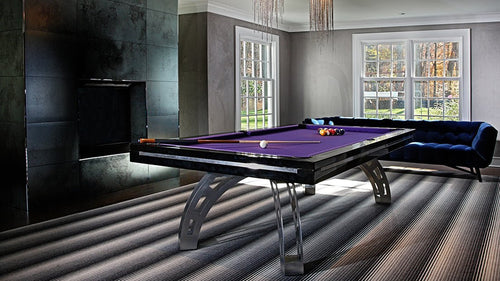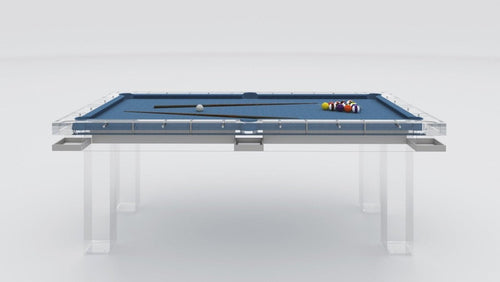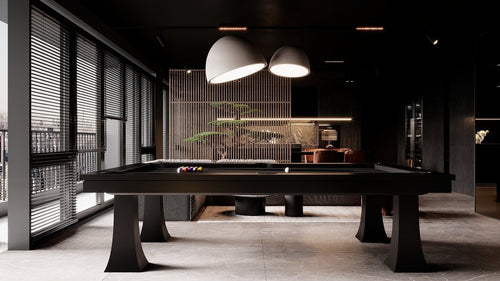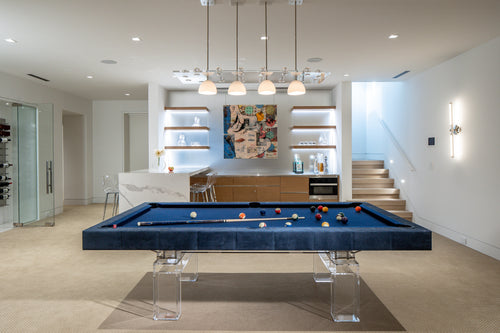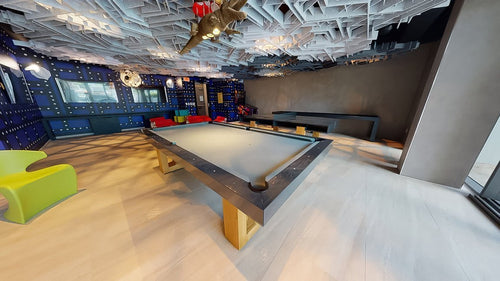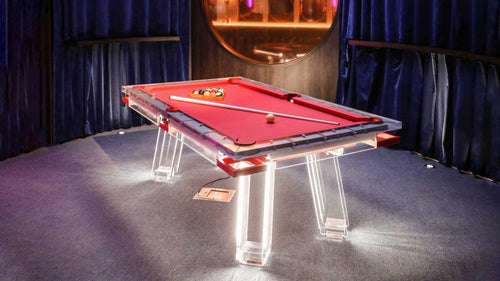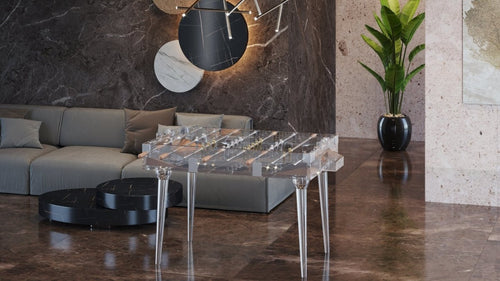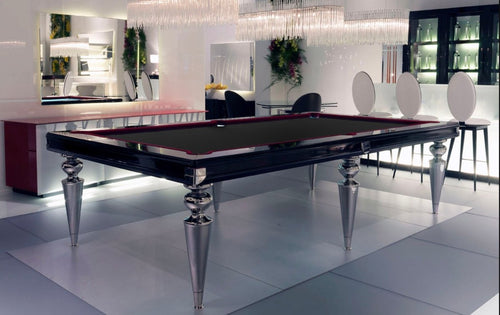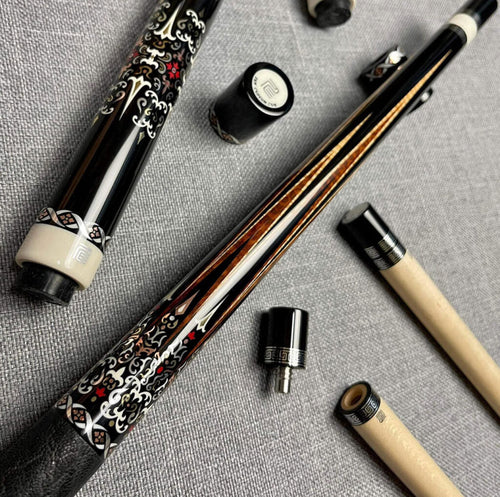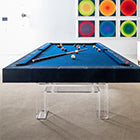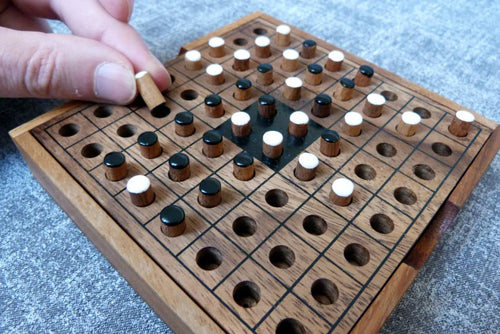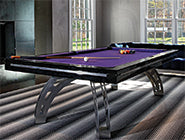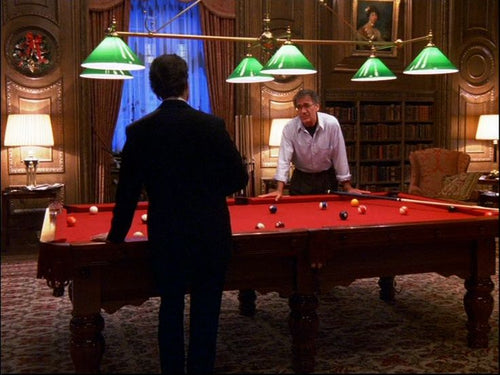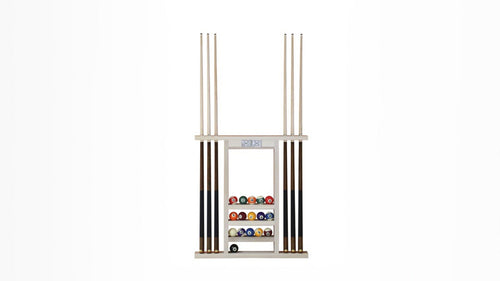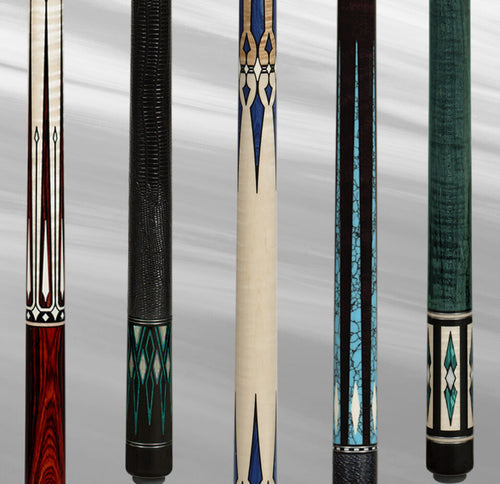Enjoy our modern designs
Estimated Read Time: 6 mins |
Gaudí’s Barcelona: Where Art Nouveau Becomes Sculptural, Imaginative, and Utterly Unique
Antoni Gaudí stands as the central figure in Spain’s interpretation of Art Nouveau, especially in Barcelona. While Art Nouveau began in Belgium and France, it evolved distinct regional flavors throughout Europe. In Spain, Gaudí’s vision translated the movement into bold, highly ornamental, and organic designs that radically departed from tradition.
Gaudí’s architectural language is unmistakable—flowing curves, nature-inspired details, and imaginative, sculptural forms that reject conventional symmetry and straight lines. He worked closely with skilled artisans to create custom furniture, fixtures, and finishes, ensuring a unified aesthetic from façade to interior.
Key Works
-
Casa Batlló (1904–06):
A radical reimagining of an existing structure, famous for its skeletal, bone-like façade and undulating roof. The interior features paneled doors with irregular mirrors, swirling molded ceilings, and bespoke furnishings. -
Casa Milà (La Pedrera) (begun 1904):
Recognized for its wave-like concrete façade and wrought iron balconies. Notable for its fluid, unconventional floorplans, mosaic-clad (trencadís) rooftop terraces, and fantastical chimneys that appear as abstract sculptures. -
Park Güell (1905–14) and Sagrada Família (begun 1903, unfinished):
These projects exemplify Gaudí’s organic approach—using abstracted natural forms, intricate detailing, curvilinear shapes, and creative urban landscaping.
Historical Context in Spanish Design
Gaudí’s style is a modern evolution of Spain’s rich architectural heritage, which fused influences such as:
- Southern French Gothic and Romanesque traditions
- Islamic (Moorish) aesthetics—seen in geometric decoration, Arabic calligraphy, and vivid color palettes (blues, greens, golds, whites)
Over centuries, these traditions gave rise to unique Spanish styles:
- Mudéjar: Blending Islamic and Christian motifs
- Plateresco: Intricate decorative facades
- Desornamentado: Restrained, simplified ornament
- Churrigueresco: Rich, exuberant ornamentation
While Gaudí did not directly imitate these styles, his work is a modern extension of Spain’s tradition of expressive, innovative design—distinctly set apart from the academic classicism prevalent elsewhere in Europe.


